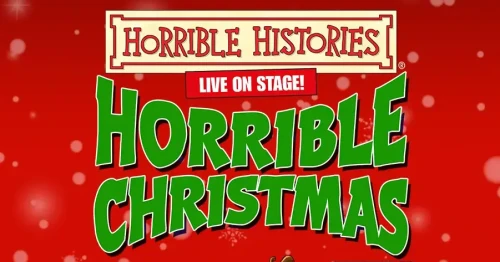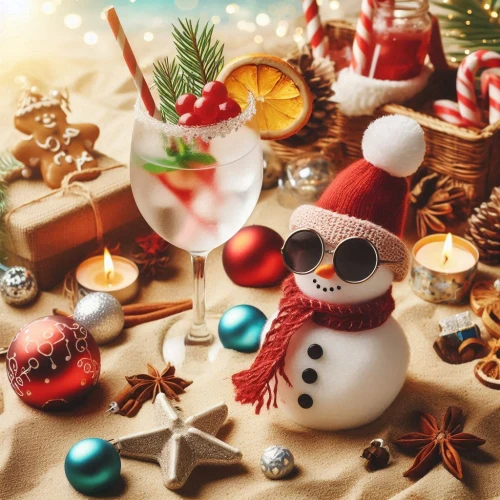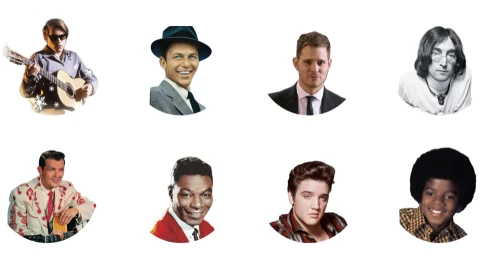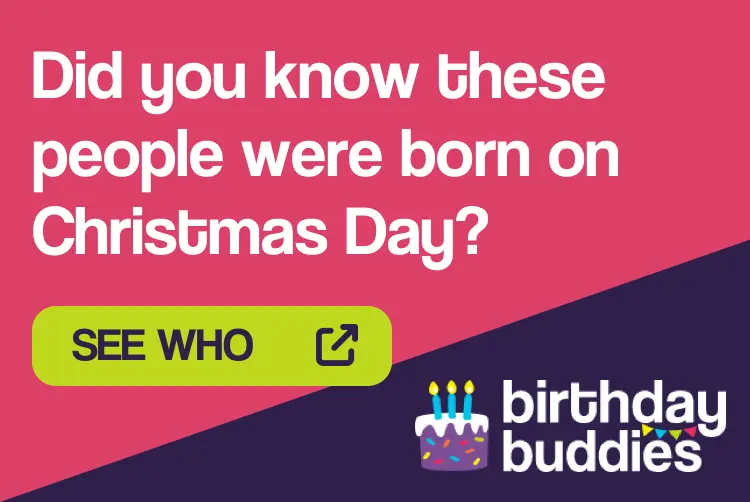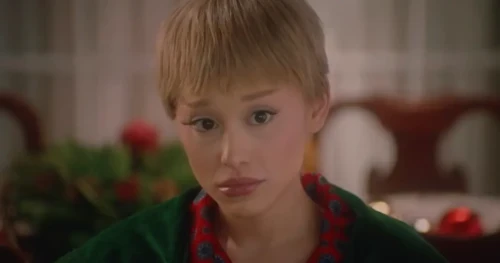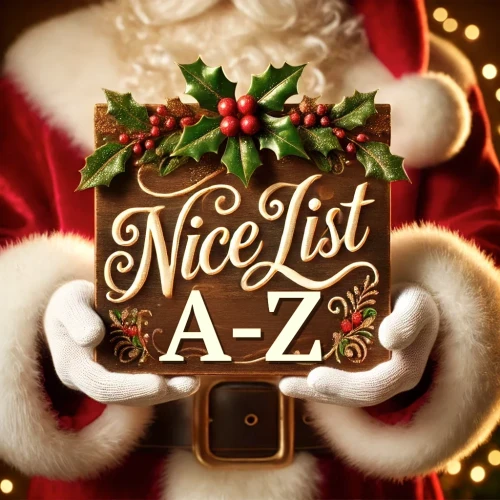Christmas Across the Decades
How Christmas has changed across the years
Written 19th July 2024 | Subscribe to our Christmas newsletter
⭐🎅👇⭐👇🎅⭐
Buy 2026 Personalised Christmas Tree Ornaments here
⭐🎅☝️⭐☝️🎅⭐
Christmas, a celebration cherished by millions, has evolved significantly over the years. From the simple, heartfelt gatherings of the early 20th century to the high-tech festivities of the modern era, the way we celebrate this beloved holiday reflects the changing times and cultural shifts.
The images are AI Generated
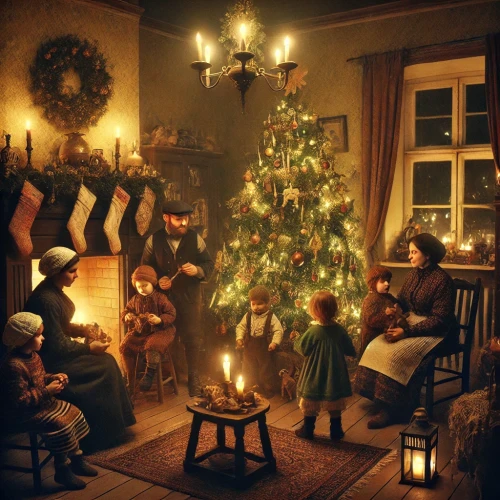
1900s: The Dawn of a New Century
At the turn of the 20th century, Christmas was a time for family and community. Decorations were often handmade, with simple garlands, candles, and homemade ornaments adorning Christmas trees. Gift-giving was modest, reflecting the more frugal lifestyles of the time. Popular gifts included handmade toys, books, and sweets. Carols were sung around pianos, and families attended church services to celebrate the birth of Christ.
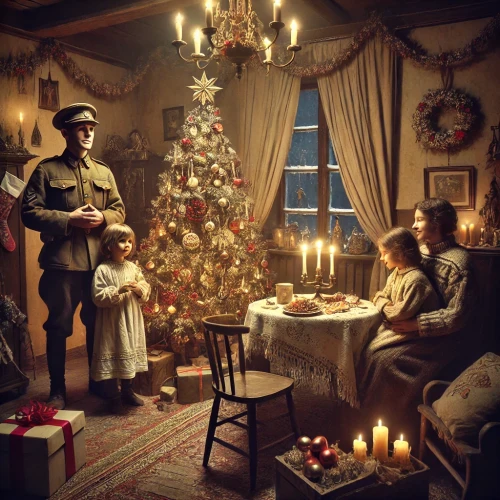
1910s: War-Time Christmas
The 1910s were marked by World War I, and Christmas celebrations were subdued. Many families were separated by the war, and festivities were often somber. Despite this, the spirit of Christmas endured. Soldiers on the front lines exchanged simple gifts and cards, and some famous truces allowed brief moments of peace and camaraderie. Back home, people continued to decorate modestly and focused on the hope and resilience symbolized by the holiday.
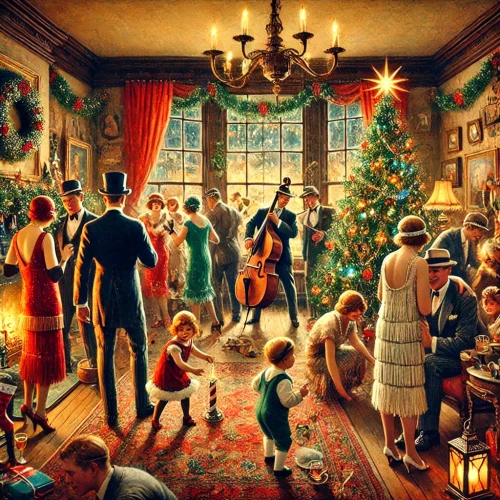
1920s: The Roaring Twenties
The post-war prosperity of the 1920s brought more exuberant Christmas celebrations. Department stores began to feature elaborate Christmas displays, and the tradition of Santa Claus became more commercialized with children visiting department store Santas. Electric Christmas lights started to replace candles, making holiday decorations more vibrant and safer. Jazz music filled homes, adding a lively backdrop to festive gatherings.
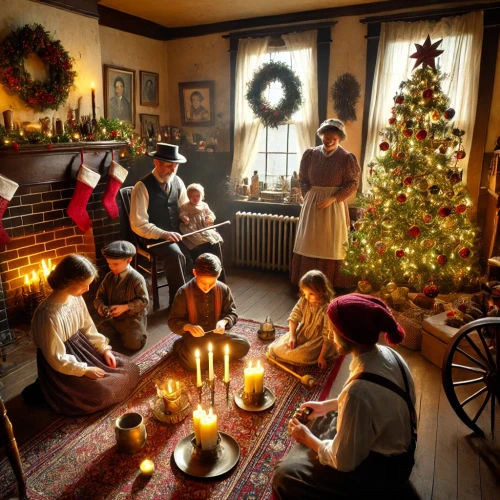
1930s: The Great Depression
The Great Depression brought economic hardship, and Christmas celebrations became more subdued once again. However, the holiday's importance as a time for family and togetherness was more pronounced. Homemade gifts and decorations were common, and communities often came together to support those in need. Radio broadcasts of Christmas programs and carols provided comfort and entertainment, helping to lift spirits during tough times.
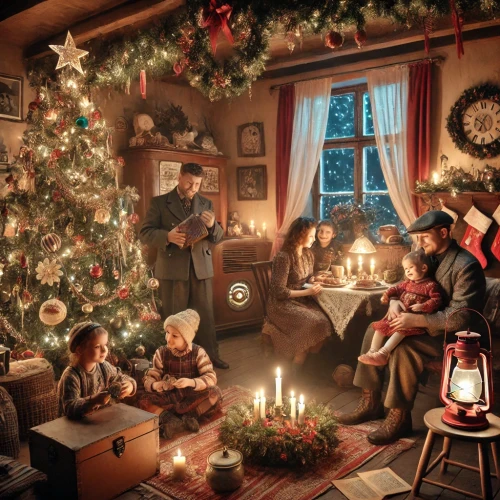
1940s: World War II and Post-War Celebrations
World War II influenced Christmas celebrations in the 1940s, with many families separated by the war. Wartime shortages meant simpler festivities, but the holiday remained a beacon of hope. Soldiers received care packages and letters from home, and carols like "White Christmas" by Bing Crosby became iconic. After the war, there was a renewed sense of joy and relief, and Christmas became a symbol of peace and rebuilding.
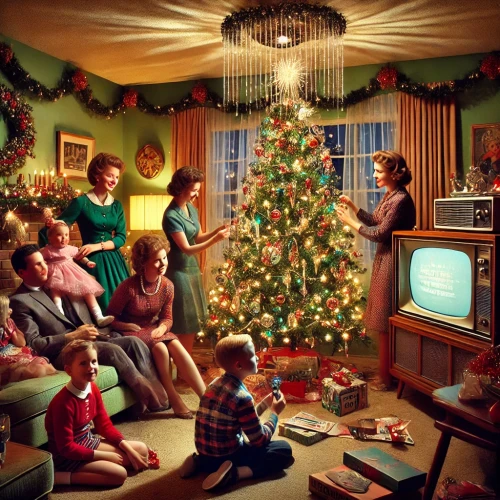
1950s: The Golden Age of Christmas
The 1950s saw a boom in Christmas celebrations, influenced by post-war prosperity and the rise of consumer culture. Televisions became a household staple, and Christmas specials like "Rudolph the Red-Nosed Reindeer" and "A Charlie Brown Christmas" became instant classics. Aluminum Christmas trees and color wheels were trendy, and suburban homes were decorated with elaborate light displays. Santa Claus parades and holiday shopping became integral to the season.
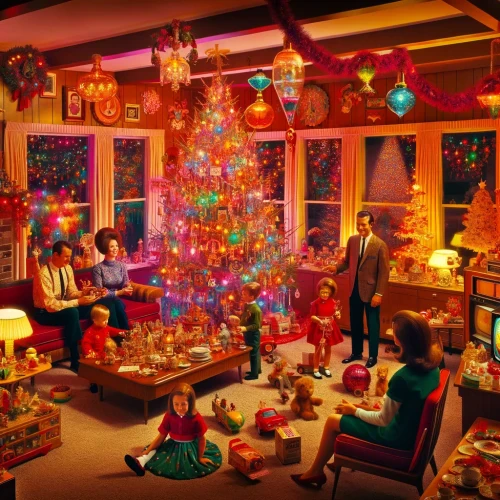
1960s: Changing Times and Traditions
The 1960s were a time of cultural change, and Christmas celebrations reflected this. Traditional customs blended with new influences, such as the rise of rock 'n' roll Christmas songs. The space race inspired futuristic holiday decorations, and artificial trees became more popular. The commercialization of Christmas was critiqued by some, leading to a greater emphasis on meaningful, heartfelt celebrations.
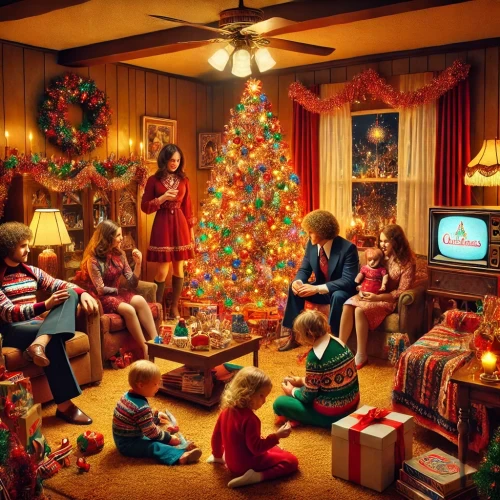
1970s: A Time of Reflection
The 1970s saw a return to more traditional and handmade decorations as a reaction to the excessive commercialization of previous decades. Environmental awareness led to more natural decorations like popcorn garlands and real Christmas trees. Christmas music diversified, with hits like "Feliz Navidad" by José Feliciano becoming holiday staples. Families gathered around for Christmas TV specials, creating a sense of nostalgia and tradition.
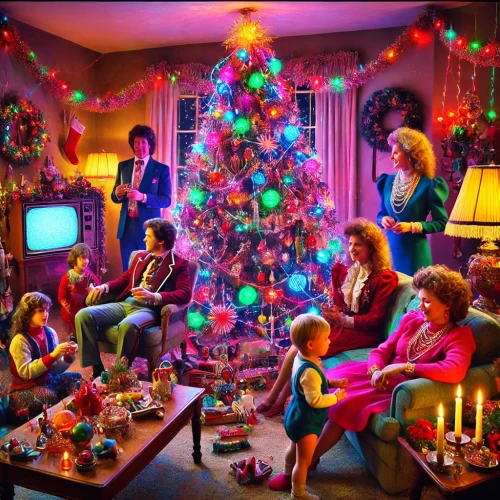
1980s: The Era of Extravagance
The 1980s were marked by bold and extravagant Christmas celebrations. Technology advanced with the introduction of personal computers and video games, which became popular gifts. Christmas movies like "Home Alone" and "National Lampoon's Christmas Vacation" became cultural phenomena. Neon lights and inflatable decorations adorned homes, and Christmas music videos played on MTV, adding a modern twist to the holiday.
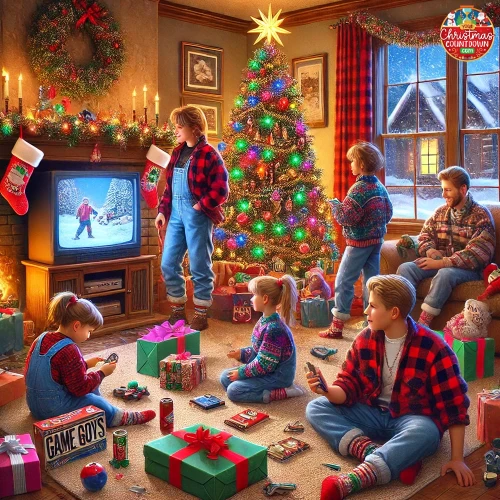
1990s: The Digital Age Begins
The 1990s saw the beginning of the digital age, which influenced Christmas celebrations. CDs and DVDs became popular gifts, and the internet started to change the way people shopped for presents. Christmas websites and online shopping emerged, making it easier to find and purchase gifts. Animated holiday movies like "The Nightmare Before Christmas" and "The Santa Clause" became new classics. Families continued to gather for traditional celebrations, blending old customs with new technology.
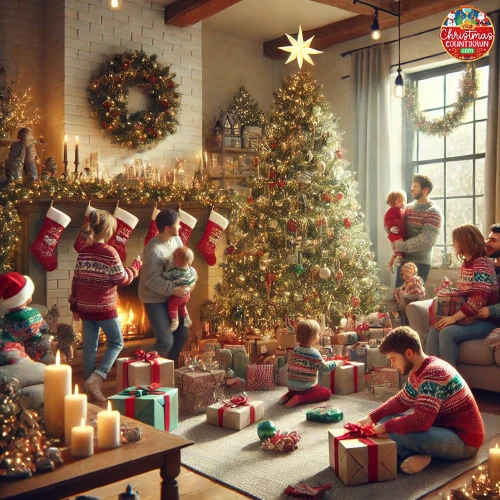
2000s: The New Millennium
The turn of the millennium brought technological advancements that further transformed Christmas. Online shopping boomed, with websites like Amazon becoming go-to destinations for holiday shopping. Smartphones and social media allowed people to share holiday moments instantly. LED Christmas lights and smart home devices made decorating easier and more energy-efficient. The holiday season became more inclusive, with a growing awareness of diverse cultural celebrations.
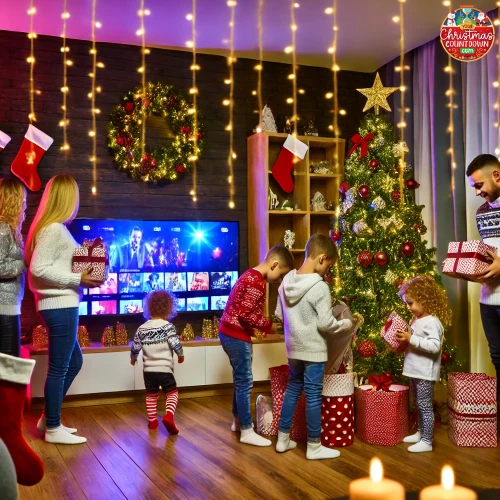
2010s: The Age of Connectivity
In the 2010s, Christmas became a truly global celebration, connected by technology and social media. Families and friends used video calls to bridge distances, making it easier to celebrate together even when apart. The rise of eco-consciousness led to more sustainable holiday practices, such as reusable wrapping paper and energy-efficient decorations. Christmas markets, both traditional and virtual, flourished, offering unique gifts and experiences.
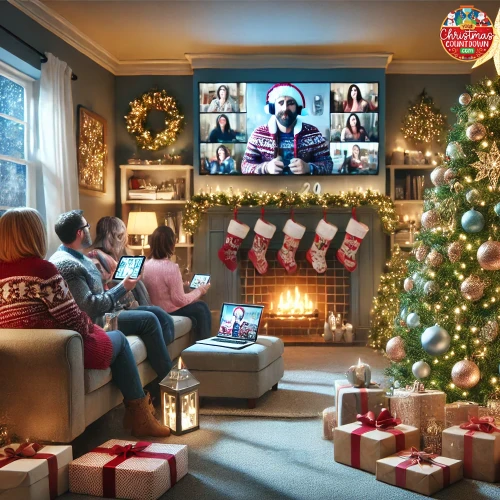
2020s: Adapting to New Norms
The 2020s have been shaped by global events, including the COVID-19 pandemic, which affected how people celebrate Christmas. Virtual gatherings became the norm, with video calls and online parties helping to maintain connections. There has been a renewed focus on meaningful, intimate celebrations and supporting local businesses. Technology continues to enhance the holiday experience, with virtual reality Christmas experiences and smart home decorations becoming more common.
Christmas across the decades reflects the changing times and cultural shifts, yet the core values of love, togetherness, and generosity remain constant. As we look to the future, Christmas will undoubtedly continue to evolve, blending tradition with innovation to create new memories and cherished moments for generations to come.
Leave your comments here:



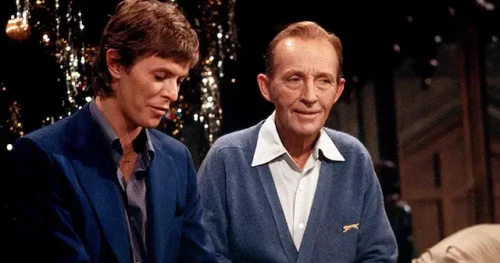
.webp)
.webp)
